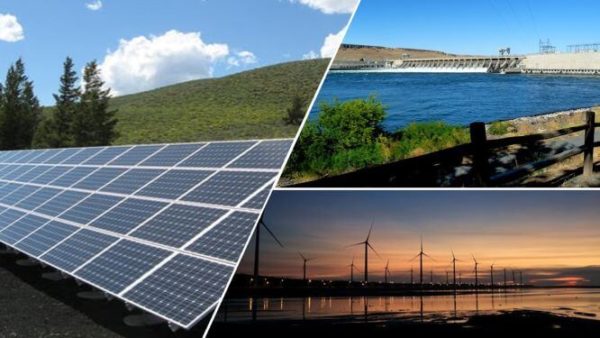ICRA Projects Over 7GW of Solar Power Capacity Addition in 2019-20

According to ICRA, India’s solar power capacity addition is set to grow by about 15 %, translating to an addition of 7,000 MW and 7,500 MW in the current financial year (2019-20). The prediction is based on the tendering activity and awards of projects in the past 12-15 months.
The ratings agency also added that by contrast, last financial year’s solar capacity addition is estimated to have remained subdued in a range between 6,000 MW and 6,500 MW because of weak trend in award of solar projects in calendar year 2017. Last year the ICRA predicted a well below target figure of 8-8.5GW of fresh renewable capacity in 2018-19 for India.
“Tendered project awards for solar PV projects during calendar year 2018 stood at about 11 GW against 4.5 GW in CY 2017, providing a healthy pipeline for capacity addition over the next 2-year period,” said Girishkumar Kadam, Vice President at ICRA.
Nearly, 56 % of the capacity auctioned in 2018 has been accounted for by central agencies such as Solar Energy Corporation of India (SECI) and NTPC Ltd with the balance by state nodal entities or discoms under various state-level programmes.
Apart from the projects awarded through the bid route, around 1 GW capacity is expected to be added through open access or group captive route and grid-connected rooftop, with these additions being facilitated by favorable solar policies for open access route in a few states.
The weighted average solar bid tariff in 2018 reduced to Rs 2.73 per unit as against Rs 3.01 per unit in 2017 and Rs 5.01 per unit in 2016. This was due to a decline in PV module prices in 2018 and aggressive bidding by Independent Power producers (IPPs).
“In this context, the viability of such tariffs critically hinges on timely project execution as per the PPA timelines, availability of debt with longer tenures at competitive funding cost and the ability of the project developers to keep the cost of modules within the budgeted levels,” ICRA said in a statement.









